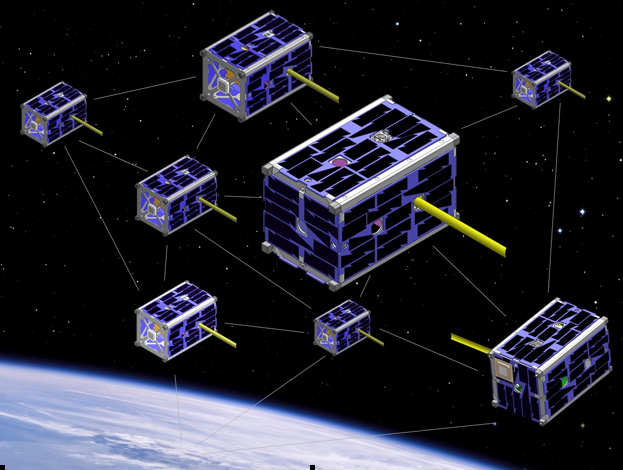SOURCE: RAUNAK KUNDE / NEWS BEAT / IDRW.ORG


Indian companies in the public and private space sectors are currently investigating the possibility of collaborating to create a new generation of low Earth orbit (LEO) satellites. These satellites will consist of swarms of smaller satellites capable of communicating with one another, collecting a variety of data such as visual, radar, and radio frequency (RF) information.
The satellites will be primarily focused on border areas and will utilize machine learning algorithms to identify high-value observation targets. Additionally, the swarm satellites will coordinate their attitude and timing to obtain various viewpoints of the same target.
Sources with knowledge of the matter have informed idrw.org that traditional space-based sensors currently necessitate the transfer of data to Earth for processing and distribution. However, satellite swarms equipped with collective intelligence will have the capability to swiftly detect activities of interest and directly communicate with ground-level users, providing instantaneous information.
Satellite swarms will possess the ability to detect even slight alterations in the target area, and contrast them with images captured a few hours or days earlier. They will immediately notify any changes that have occurred. This will decrease the amount of time needed to study such changes at ground level and minimize the possibility of ground control overlooking alterations that are taking place at the target spot. These capabilities will be particularly valuable in border regions where intrusions or infrastructure development near these areas can go unnoticed.
NOTE : Article cannot be reproduced without written permission of idrw.org in any form even for YouTube Videos to avoid Copy right strikes